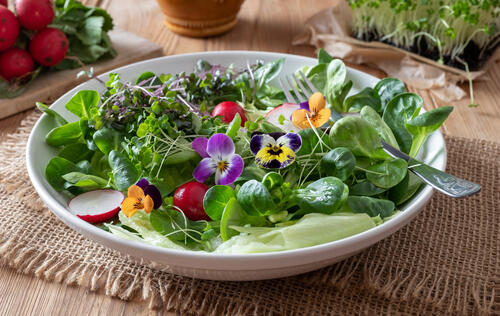Cooking Fish With Zero Waste

purchasing tip
Fish, in addition to being delicious, is good for your health! To ensure that you are eating fish responsibly and that it is as favourable to the health of the oceans as it is to your own, make environmentally responsible purchasing choices. To that end, ask your fishmonger about where the fish comes from and how it was caught or farmed.
eating tip
You can buy a whole fish without bones at the market at an affordable price. The incision in the lower part of the fish is sufficiently long to stuff it with your leftovers. Extra or leftover cheese, any type of vegetable, such as spinach, or slices of citrus fruit, salt and pepper, will flavour the flesh.
Serve it on a platter on a bed of carbohydrates (rice, quinoa or other) with grilled vegetables and fresh herbs. Have fun by decorating it to encourage the children to eat fish with a smile!
cooking tip
For pan-fried fish, it’s best to start with the skin side down. In a very hot and well-oiled frying pan, set the fish down on the skin side to benefit from the maximum of natural fat and aromas and then turn it over and fry both sides.
To save time on busy evenings, you can precook the vegetables that will accompany the fish. As fish cooks quickly, simply reheat the vegetables at the same time as you cook the fish.
zero waste tip
At home, it’s easy to use fish skeletons to make a light broth! Keep organic seafood waste such as shrimp heads and tails, lobster and other crustacean shells, and fish skin to make a savoury broth. To make the broth, cover the fish and seafood scraps with water. Throw in carrot peels, celery bottoms, herb stems, etc. Season generously with salt, pepper and spices and bring to a boil. Boil for about 30 minutes or until it suits your taste.
pairings
Fresh sage is savoury, and goes well with white fish. As it is often sold in large amounts, you can fry it in some oil in a pot and eat the leaves as a side dish, in the form of chips. Its woody flavour will complement the marine menu.




